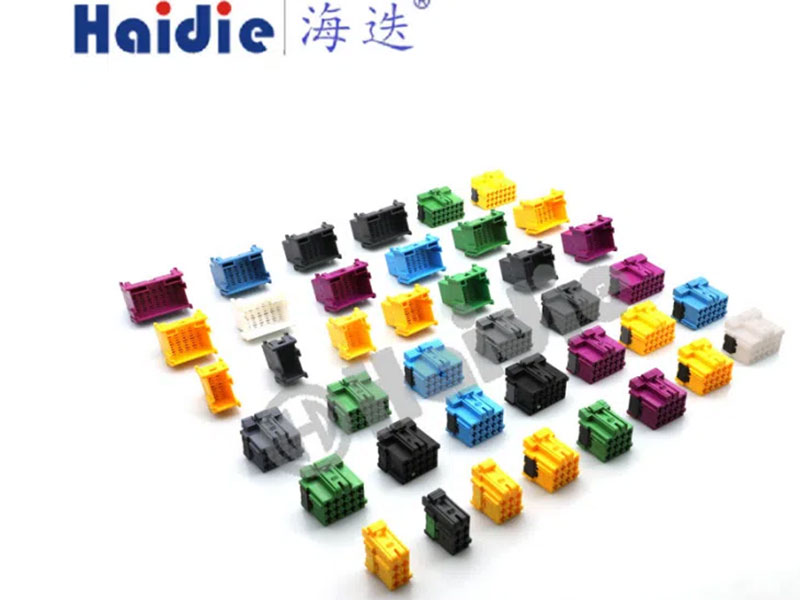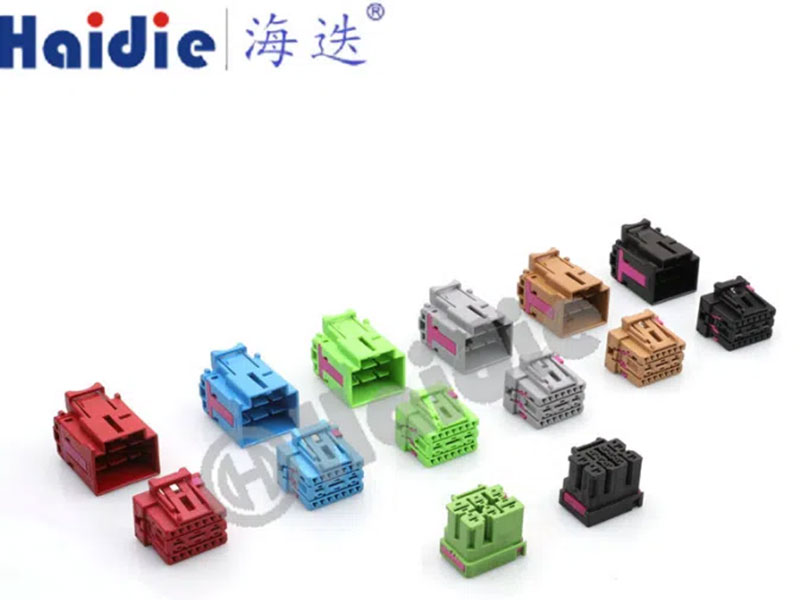The shrinkage problem of functional injection molded parts (surface shrinkage and internal shrinkage) is generally a defect caused by insufficient melt supply when the thick and large parts are cooled. We sometimes encounter the situation that no matter how to increase the pressure, increase the water inlet, and prolong the injection time, the shrinkage problem cannot be solved. Today, Xiaowei would like to discuss with you how to deal with the shrinkage problem of injection molded parts.
1. Two temperature conditions that are not conducive to solving the shrinkage problem in the injection molding process
Too low mold temperature is not conducive to solving the problem of shrinkage
The shrinkage problem of hard plastic parts (surface shrinkage and internal shrinkage cavity) is caused by the fact that the space left by the concentrated shrinkage cannot be fully replenished by the melt from the direction of the water inlet when the melt shrinks when it cools. Therefore, factors that are not conducive to feeding will affect us to solve the problem of shrinking.
If the mold temperature is too high, it is easy to cause shrinkage problems. Usually, people like to lower the mold temperature to solve the problem. But sometimes if the mold temperature is too low, it is not conducive to solving the problem of shrinkage, which is not noticed by many people.
The mold temperature is too low, the melted glue cools too fast, and the slightly thicker glue position farther from the water inlet, because the middle part cools too fast, the feeding channel is blocked, and the melted glue cannot be fully melted in the distance. Supplementation, making the shrinkage problem more difficult to solve, especially the shrinkage problem of thick and large injection molded parts.
Furthermore, the mold temperature is too low, which is not conducive to increasing the overall shrinkage of the injection molded parts, increasing the concentrated shrinkage, and the shrinkage problem is more serious and obvious.
Therefore, when solving the more difficult shrinkage problem, it will be beneficial to remember to check the mold temperature. Experienced technicians usually touch the surface of the mold cavity with their hands to see if it is too cold or too hot. Each raw material has its proper mold temperature.
2. Too low melt temperature in the injection molding process is not conducive to solving the shrinkage problem
If the melting temperature is too high, the injection molded parts are prone to shrinkage. If the temperature is appropriately lowered by 10~20°C, the shrinkage problem will be improved.
However, if the injection molded part shrinks in a thicker part, adjust the melt temperature too low, for example, when it is close to the lower limit of the injection melt temperature, it is not conducive to solving the shrinkage problem, and even more serious. The thicker the piece, the more obvious it is.
The reason is similar to that of the mold temperature being too low. The molten glue condenses too quickly, and a large temperature difference that is conducive to feeding cannot be formed between the shrinking position and the nozzle. The feeding channel at the shrinking position will be blocked prematurely, and the problem is solved. becomes more difficult. It can also be seen that the faster the condensation speed of the melt glue, the less conducive to solving the shrinkage problem. PC material is a raw material that condenses quite quickly, so its shrinkage cavity problem can be said to be a big problem in injection molding.
In addition, too low melting temperature is also not conducive to increasing the amount of overall shrinkage, resulting in an increase in the amount of concentrated shrinkage, thereby aggravating the shrinkage problem.
Therefore, when adjusting the machine to solve the difficult shrinkage problem, it is also extremely important to check whether the melt temperature is adjusted too low.
It is more intuitive to look at the temperature and fluidity of the melt.
3. Too fast injection speed is not conducive to solving the problem of serious shrinkage
To solve the shrinkage problem, the first thing that comes to mind is to increase the injection pressure and prolong the injection time. But if the injection speed has been adjusted very fast, it is not conducive to solving the shrinkage problem. Therefore, when the shrinkage is difficult to eliminate, it should be solved by reducing the injection speed.
Decreasing the injection speed can make a large temperature difference between the molten glue walking in front and the water inlet, which is conducive to the sequential solidification and feeding of the molten glue from far to near, and it is also conducive to the shrinkage position farther from the nozzle. Getting higher stress supplements can go a long way towards problem solving.
Due to the reduction of the injection speed, the temperature of the melted glue in the front is lower, and the speed has slowed down, and the injection molding part is not easy to generate a sharp edge, and the injection pressure and time can be raised and longer, which is more conducive to Solve the problem of serious shrinkage.
In addition, if the last-stage end-filling with slower speed, higher pressure and longer time and the pressure-holding method of gradually slowing down and pressurizing are adopted, the effect will be more obvious. Therefore, it is also a good remedy to use this method from the later stage of injection when it is not possible to use a slower speed injection at the beginning.
However, it is worth reminding that the filling is too slow, but it is not conducive to solving the problem of shrinkage. Because when the cavity is filled, the melt is completely frozen, just like the melt temperature is too low, there is no ability to feed the shrinkage in the distance.


Post time: Oct-26-2022

